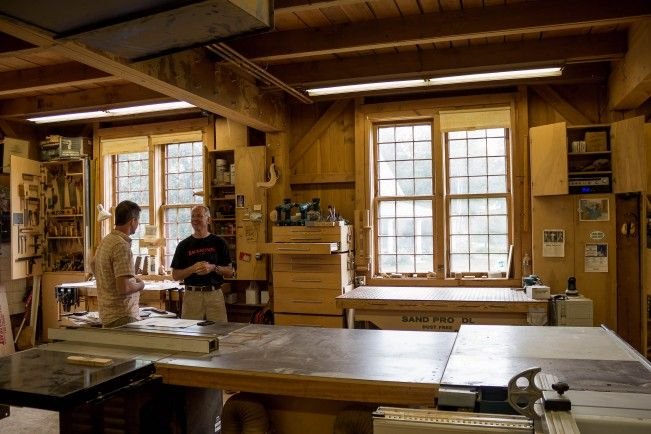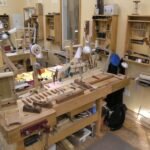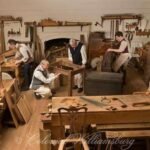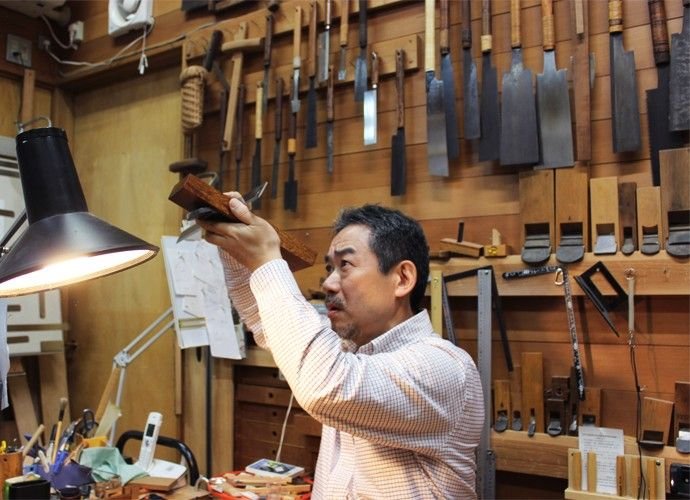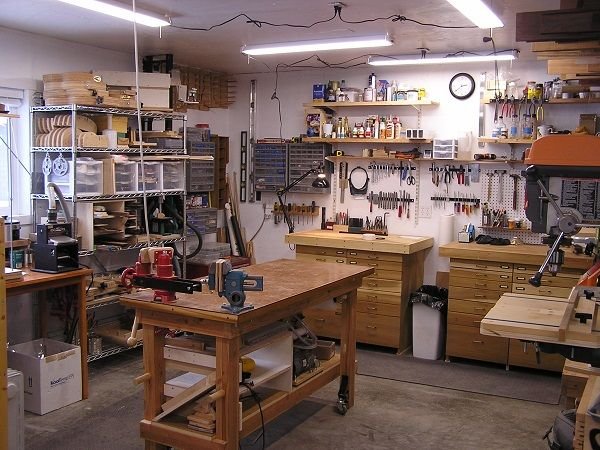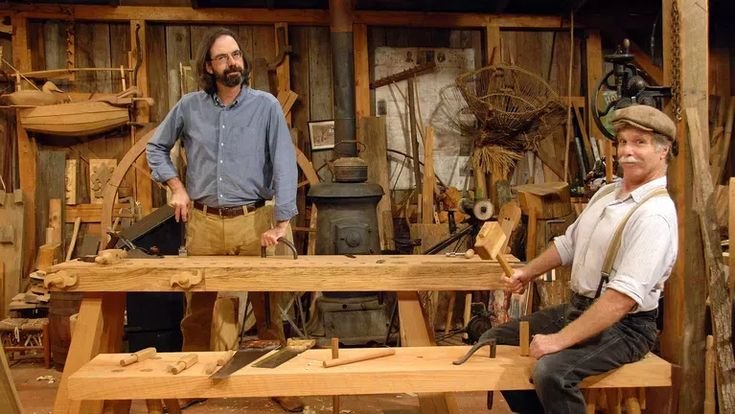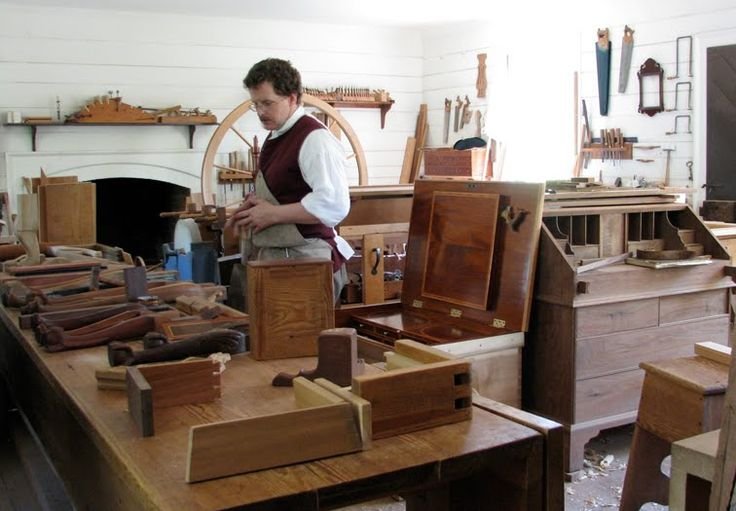Discovering Green Woodworking: A Journey of Trials and Triumphs
So, I think it was back in late spring when I first dipped my toes into the world of green woodworking. You know, the kind where you take freshly cut wood and turn it into something beautiful, mostly without power tools? So, there I was—sun shining, birds chirping, and a pile of freshly felled wood off my buddy Dave’s property. He had a line of ash trees he needed to clear, and I had a feeling I was about to dig my hands into something special.
The smell of freshly cut wood is just intoxicating, isn’t it? There’s something earthy about it, almost like nature is whispering secrets to you. I grabbed my trusty drawknife—an old one I’d picked up at a flea market for ten bucks. It had a bit of rust, sure, but it was sturdy enough. You’d be surprised at how a tool seems to take on a personality over time. Every nick and scratch tells a story.
I decided I wanted to make a chair. Nothing crazy fancy, just a simple, rustic chair that I could use on my porch to enjoy those balmy summer evenings. How hard could it be, right?
The First Cuts
Well, I’ll tell you, the first problem hit me like a ton of bricks. The tree branches were thicker than I anticipated, and my drawknife, which I thought would glide through the green wood, felt like it was wrestling a bear. I’m really yanking on that thing, and you’d think I was fighting a wild animal instead of trying to create a piece of furniture. The thrill of it started to fade, and I almost chucked everything aside in frustration.
But then, I remembered something my granddad used to say: “If it ain’t working, you might just need to change your angle.” A different technique? What a concept! I managed to slow down, shifting my stance. It was like the wood had finally decided to cooperate with me. And that first clean shave? Oh man, was that satisfying. The sound of the blade slicing through that soft ash was music to my ears.
Learning Through Mistakes
You know how they say, “measure twice, cut once”? Well, I might as well have thrown that advice out the window. I was so giddy about my newfound rhythm that I sketched a design on paper that was twice as big as what I wanted. Once I realized the legs were going to be taller than my coffee table, I had to laugh it off. Here I was, envisioning myself as some kind of artisan, and yet, my proportions were shot. What a sight it was!
So, back to the drawing board—or, more like, back to the sawhorses. Lesson learned: never sketch in the heat of creativity when you’re fueled by four cups of coffee.
And let’s not even talk about that one time I tried to use a mallet to shape the seat. Oh goodness. I was there, hammering away like a madman, and instead of shaping, I was splitting the poor wood right down the middle. I stood there, frozen for a moment, staring at the crack as if hoping it would magically fix itself. Nothing like immediate regret to really cut through that creative high.
The Joy of Unexpected Success
Somehow, after shortchanging myself on several steps, I stumbled upon the beauty of the green wood’s natural curves and grains. When I finally smoothed out the seat and managed to get the legs somewhat even, it came together in a way I never expected. I was totally not prepared for the warmth that hit me when I polished that thing off, hit it with some linseed oil, and watched it start to shine.
I still remember sitting down for the first time, a cup of iced tea in hand, feeling like I’d actually accomplished something tangible. And it worked! I mean, it wasn’t perfect—one leg is definitely a little shorter than the others—but goodness, it was mine. Every little imperfection added character. I still laugh, thinking about how a few weeks of struggle turned into that feeling of triumph.
Final Thoughts
At the end of my little green woodworking adventure, I learned a ton—not just about shaping wood but also about patience. I went in thinking I was going to whip something out in a weekend, and it took a month. Each mistake turned into a lesson, and trust me, there were plenty of mistakes.
If you’re thinking about diving into this yourself, just go for it. Don’t worry about messing up. Honestly, if I had worked too hard to avoid mistakes, I might have never gotten past that first cut. And might I add, the satisfaction of sitting in your own handcrafted chair with a cold drink makes all the wrestling with wood worth it.
So grab that drawknife, maybe sweat a bit in the sun, and discover for yourself what green woodworking can teach you—about the wood, but more importantly, about yourself. I promise you’ll take away something special. Just know, it’s the imperfections that give us character.

